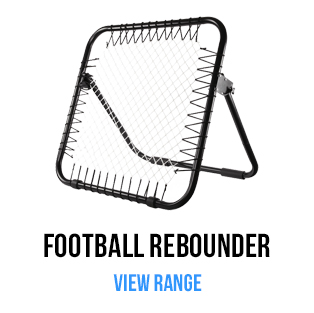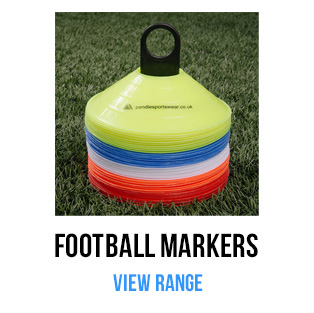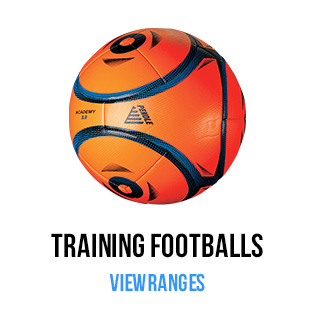Last Updated on: 11th October 2024, 12:47 pm
Pre-Season Football Training
Enhance Speed, Endurance and Mobility
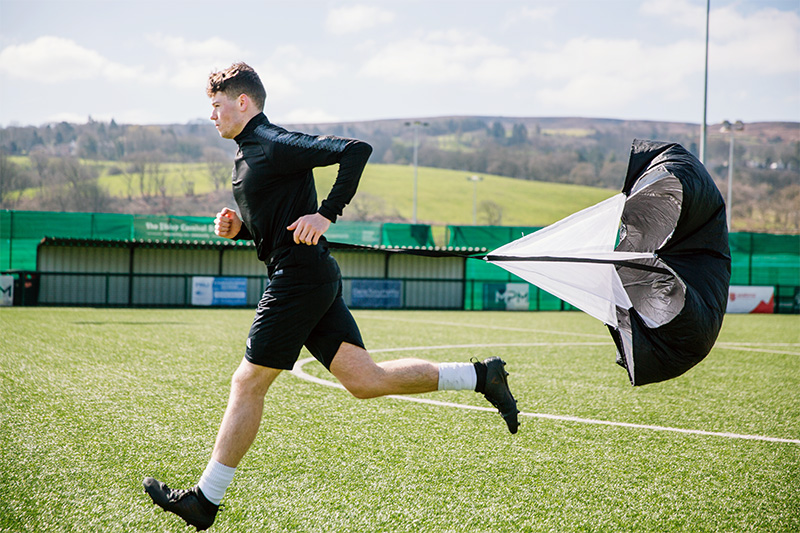
Preparing for the new season doesn’t just mean ordering your new football kits in good time. When it comes to pre-season training, you’ll have a number of goals that you want to achieve. However, one key area for all players will be speed, endurance and mobility. You need to know that all of your players can last for a full game. So, how can you help them improve?
4-week plan – focused on speed, endurance and mobility
The following 4-week plan is an excellent basis for all clubs to help improve these areas. It was devised by Tom Henson, an accredited coach (UKSCA) working at Southampton FC. He oversees fitness and strength training for the 18-21 age group.
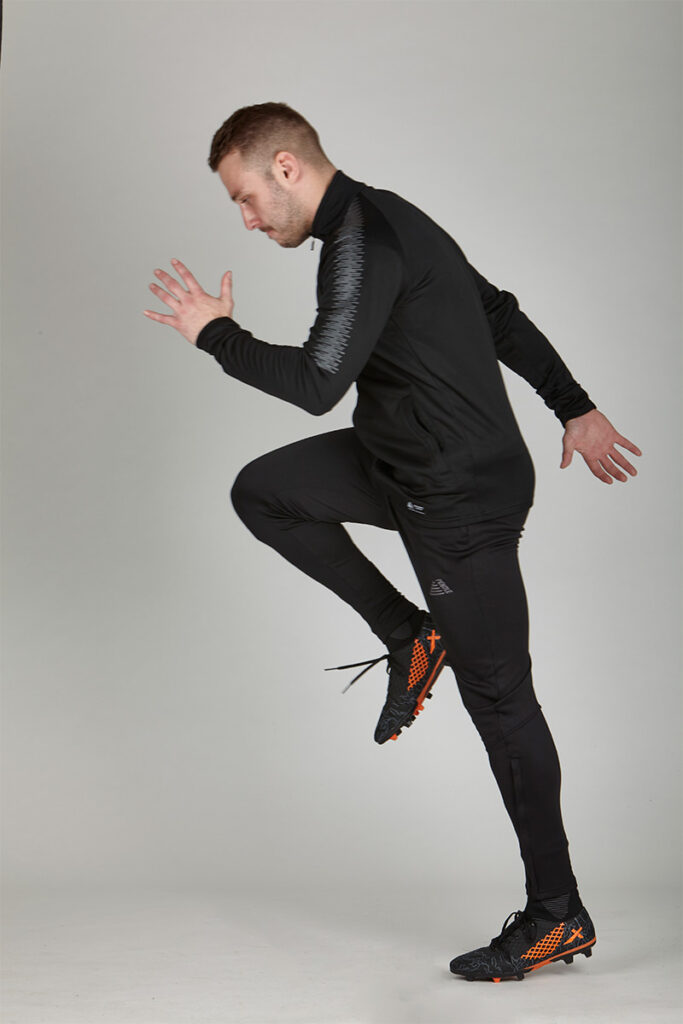
Week 1
In Tom’s plan, the first week back is meant to ease players back in. The cardio won’t stress your body after weeks of rest but will establish an aerobic base. This will help with recovery from the exercises in the following weeks. The other two sessions should encourage mobility but avoid the repetitive stress pattern of running.
Session 1: 45-minute run
Work up a light sweat and moderate heart rate. Aim to maintain 75% of your max heart rate.
Sessions 2 and 3: Sports sessions
Examples include swimming, tennis or a session on the exercise bike or rowing machine.
Week 2
Week 2 focuses on super-compensating for lactic acid in the muscles. Basically: an increase in the intensity of the load should be compensated by an increased rest time, which helps to move correctly from aerobic to anaerobic exercises.
This week will improve a player’s ability to accumulate higher levels of lactic acid in the muscles and maintain high levels of exercise for longer periods. This means players will still have strength at the end of a match.
Session 1: 3-2-1 interval sprints
Use a treadmill or exercise on the field.
- Run as fast as possible for 3 minutes, then rest for 1 minute.
- Run for 2 minutes, then rest for 2 minutes.
- Run, for 1 minute, then rest for 3 minutes.
This exercise will take 12 minutes. Repeat it 3 times.
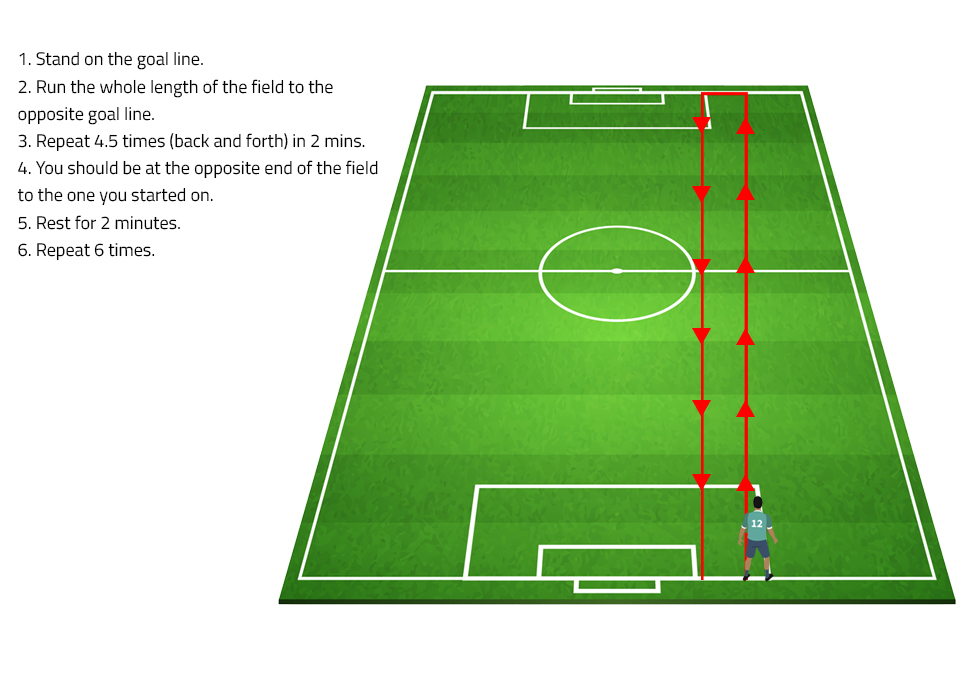
Runs to reach VO2 max
Session 2: Runs to reach VO2 max
VO2 max is the maximum amount of oxygen the body can utilize during exercise. It’s measured in ml of oxygen per kilogram of body weight per minute.
The exercise itself is performed in the following way:
- stand on the goal line and run the whole field to the opposite goal 4.5 times (back and forth) within 2 minutes.
- Rest for 2 minutes.
- Repeat the exercise 6 times.
Week 3
It makes no sense to go through endurance training for VO2 max if your muscles are saturated with lactic acid. This is the time for shorter interval exercises with increased intensity. You can even include a speed chute to make things harder. Players will be able to train at a level just above the lactate threshold, but with increased intensity. The lactate threshold is a specific level of effort or pace at which fatigue begins to increase rapidly. It is dependent on level and age.
Session 1: Interval sprints
Sprint for 1 minute, followed by a jog at a calm pace for 1 minute. Needs 10 repetitions.
Session 2: Interval sprints 1/3
Increase the intensity. Sprint for 45 seconds, then quiet run for 2 minutes 15 seconds. It only takes 8 repetitions.
Session 3: Football practice
Ideally, a 5-a-side football game. If there is no such opportunity, work with the ball by yourself. Why not use a rebounder to help improve skills alone?
Week 4
The final week before the new season will include a mixture of sprints at different distances with a change of direction. This will prepare the body for a match situation, so focusing on high-quality exercises is important. Your players need to be mobile, make quick turns and accelerate powerfully.
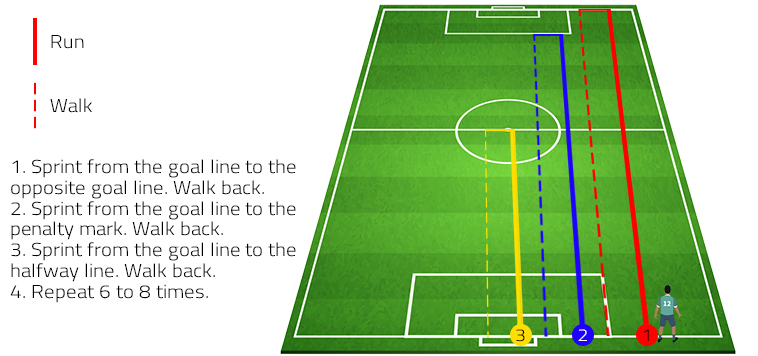
Shackle running
Session 1: Shackle running
- Sprint from the goal line to the opposite goal line, then walk back
- Sprint from the goal line to the edge of the 18-yard box, then walk back
- Sprint from the goal line to the halfway line, then walk back
Repeat this cycle 6 to 8 times depending on fatigue.

Exercise clock
Session 2: Exercise clock
- Take 12 cones and place them in a circle. The cones represent a clock – put an extra cone to mark 12 o’clock. The starting point is always the centre of the circle.
- Run to the 3 o’clock position and go back to the centre, then run to the 6 o’clock cone and return to the centre, then the 9 o’clock cone and then the 12 o’clock cone.
- Rest as long as you need. Repeat it twice.
- Then do one sprint set for 2, 4, 6, 8, 10 and 12 o’clock.
- Rest as long as you need. That’s the end.
Try to run to the cones both clockwise and counterclockwise – so that there is load on both legs.
Session 3: Ideally play football in a 5-a-side format
If there is no chance to play 5-a-side, work with the ball yourself. Focus on whichever skill you feel needs the most work. Set up some markers and practice dribbling around them.
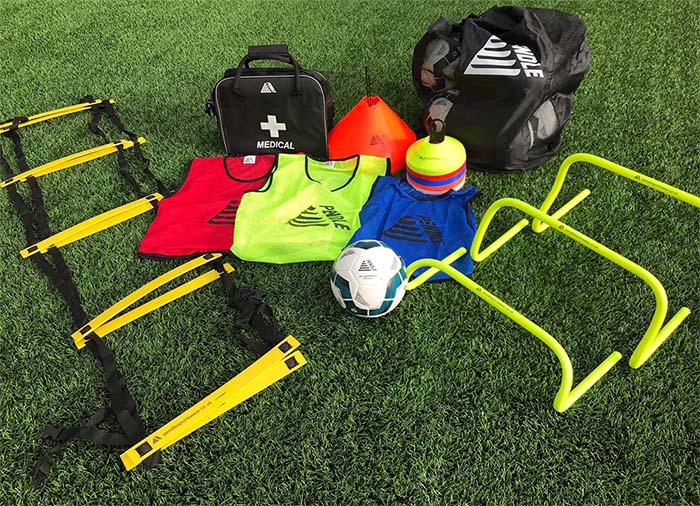 You’re Ready
You’re Ready
Now that they’ve gone through Tom’s 4-week plan, your players should have seen an improvement in their speed, endurance and mobility in time for the new season. This will get you off to a great start when the season begins.
As the season goes on, training will be determined by how the matches go and how players perform. Getting them off to a good start with their speed will mean more time to hone skills instead of improving the basics.
Pendle Sportswear
Make sure that you have everything you need for your sessions. We have a range of great football training equipment to help set up drills. This includes training cones, markers, slalom poles, and more. Browse our full range now.
Pendle Recommendations
Tags: endurance, football drills, Football training, football training equipment, mobility, pre-season training, speed


